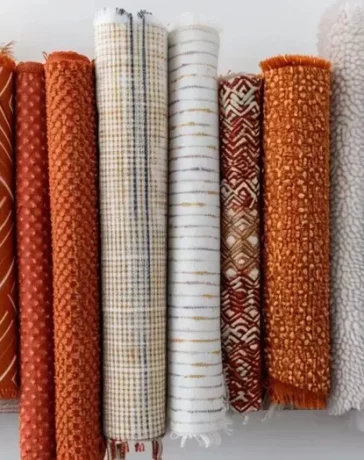Adaptive and inclusive fashion is a growing market that addresses the needs of people with disabilities, medical conditions, and other physical limitations. This market is becoming increasingly important as more people demand clothing that is comfortable, functional, and stylish. In this article, we will explore the reasons behind the growth of adaptive and inclusive fashion and the impact it has on people’s lives.
The Need for Adaptive and Inclusive Fashion
People with disabilities and medical conditions often face challenges when it comes to finding clothing that meets their needs. For example, someone who uses a wheelchair may need clothing that is easy to put on and take off, has adjustable features to accommodate sitting positions, and is made from breathable materials to prevent overheating. Similarly, people with sensory sensitivities may need clothing that is soft, tagless, and made from non-irritating fabrics.
Adaptive and inclusive fashion addresses these needs by designing clothing that is functional, comfortable, and stylish. This includes features such as adjustable closures, sensory-friendly fabrics, and easy-to-use zippers and buttons. By providing clothing that meets the needs of people with disabilities and medical conditions, adaptive and inclusive fashion helps to promote independence, confidence, and self-expression.
The Impact of Adaptive and Inclusive Fashion
The impact of adaptive and inclusive fashion goes beyond just providing comfortable and functional clothing. It also has a positive effect on people’s emotional well-being and self-esteem. When people with disabilities and medical conditions are able to wear clothing that fits well and is designed for their needs, they feel more confident and empowered. This, in turn, can lead to improved self-esteem, social interactions, and overall quality of life.
In addition, adaptive and inclusive fashion promotes diversity and inclusivity in the fashion industry. By recognizing the unique needs and preferences of people with disabilities and medical conditions, designers and brands are able to create clothing that is more representative of the diverse population. This helps to break down stereotypes and promote a more inclusive society.
The Future of Adaptive and Inclusive Fashion
The future of adaptive and inclusive fashion is bright, with more designers and brands recognizing the importance of this market. In recent years, there has been an increase in the number of adaptive clothing lines and collections, as well as collaborations between designers and disability organizations. This has helped to raise awareness of the need for adaptive and inclusive fashion and to promote its benefits.
As the market for adaptive and inclusive fashion continues to grow, we can expect to see more innovative designs and technologies that address the needs of people with disabilities and medical conditions. This includes advancements in accessible clothing, such as clothing with braille tags or magnetic closures, as well as clothing that incorporates technology, such as clothing with built-in sensors to monitor health conditions.
The growing market for adaptive and inclusive fashion is an important development in the fashion industry. By recognizing the unique needs and preferences of people with disabilities and medical conditions, designers and brands are able to create clothing that is functional, comfortable, and stylish. This helps to promote confidence, self-expression, and inclusivity, and has a positive impact on people’s emotional well-being and overall quality of life.
Gordon
You Might Also Like
The Impact of Cultural Appropriation in Fashion
March 26, 2023
The Intersection of Fashion and Activism
December 3, 2022













